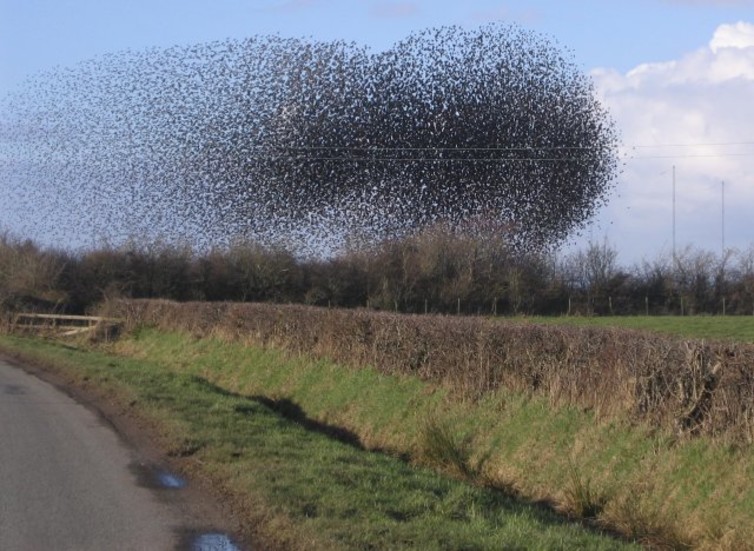Roger Barlow (professor at University of Huddersfield, UK) has written a Feb. 16, 2017 essay for The Conversation explaining why objects feel solid (Note: A link has been removed),
Chemist John Dalton proposed the theory that all matter and objects are made up of particles called atoms, and this is still accepted by the scientific community, almost two centuries later. Each of these atoms is each made up of an incredibly small nucleus and even smaller electrons, which move around at quite a distance from the centre.
If you imagine a table that is a billion times larger, its atoms would be the size of melons. But even so, the nucleus at the centre would still be far too small to see and so would the electrons as they dance around it. So why don’t our fingers just pass through atoms, and why doesn’t light get through the gaps?
To explain why we must look at the electrons. Unfortunately, much of what we are taught at school is simplified – electrons do not orbit the centre of an atom like planets around the sun, like you may have been taught. Instead, think of electrons like a swarm of bees or birds, where the individual motions are too fast to track, but you still see the shape of the overall swarm.
…
In fact, electrons dance – there is no better word for it. …
Here’s one more excerpt from Barlow’s essay,
So why does a table also feel solid? Many websites will tell you that this is due to the repulsion – that two negatively charged things must repel each other. But this is wrong, and shows you should never trust some things on the internet. It feels solid because of the dancing electrons.
…
Do enjoy!
